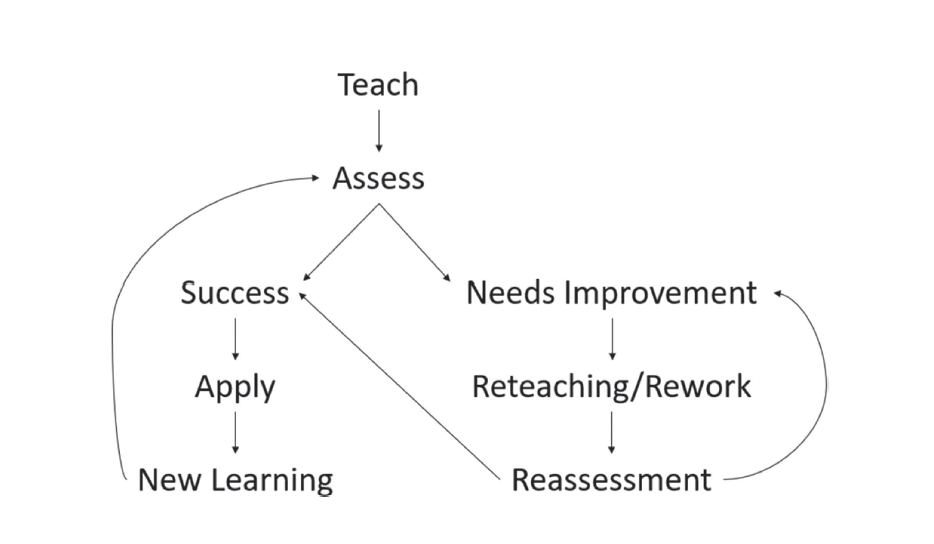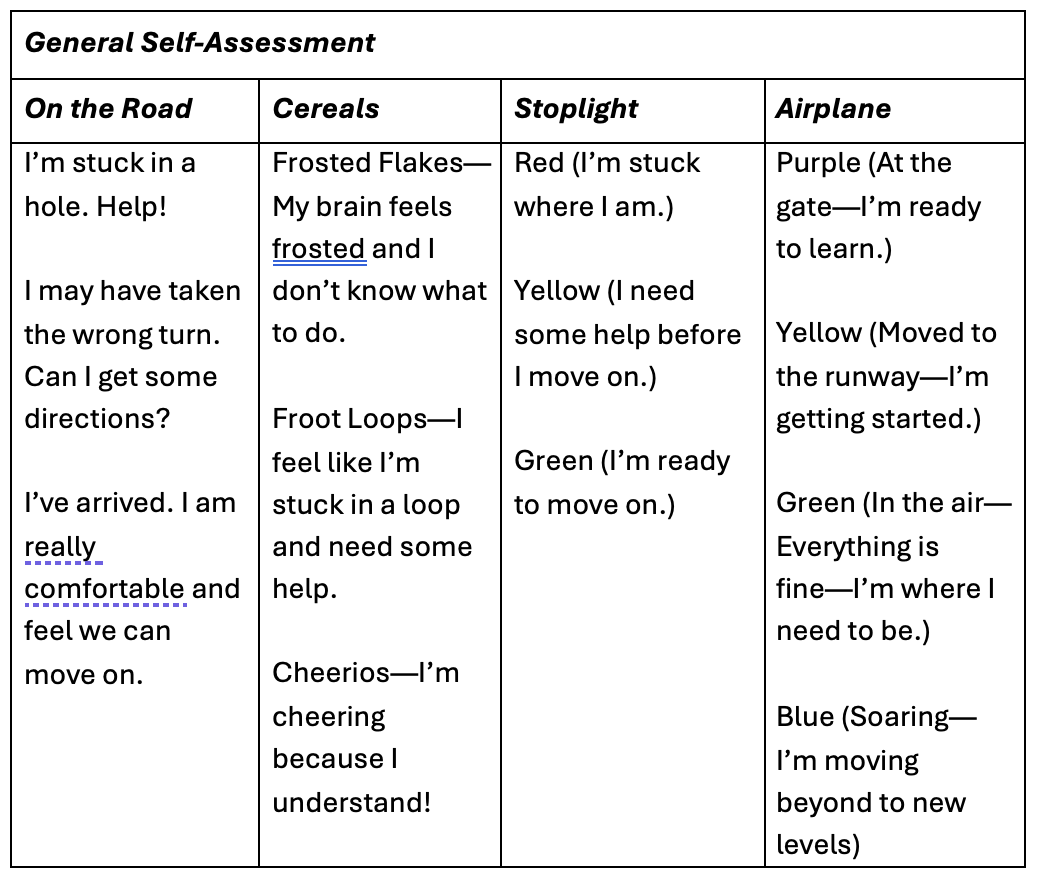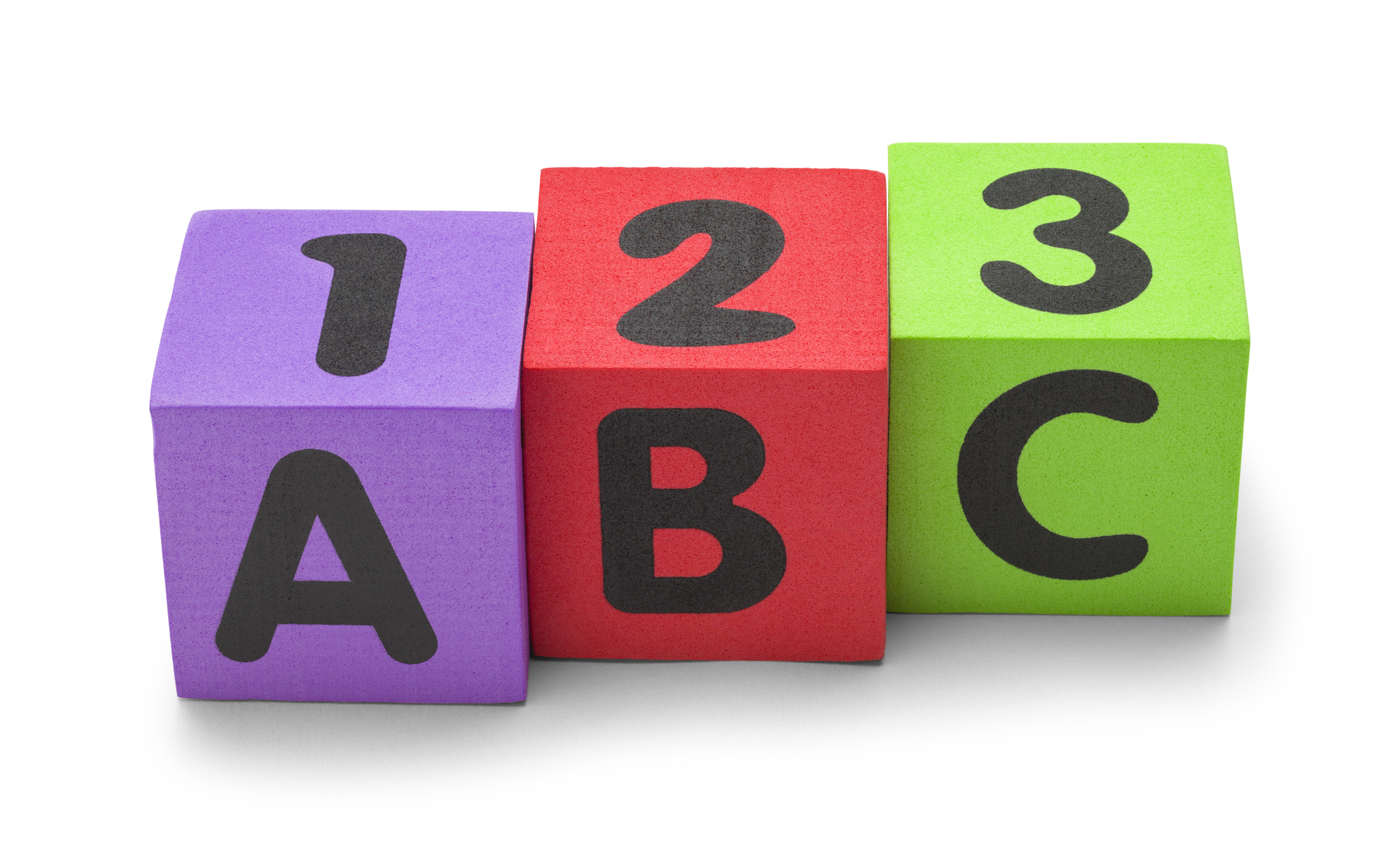Formative Assessment Fuels K-12 Growth
Discover four powerful formative assessment strategies that help educators track student progress and adjust instruction for maximum learning impact.

Share
March 11, 2025
Discover four powerful formative assessment strategies that help educators track student progress and adjust instruction for maximum learning impact.
Share
Formative assessment is a hot topic, one that is regularly discussed in schools across the nation. Consider how formative assessment fits into the instructional process. I’ve found it is used before, during and after teaching, and is used so you can adjust your instruction.

Now, let’s look at four formative assessment strategies that can help you assess students.
An important formative assessment tool for teachers is the use of observations. Observations can be planned, or they can be spontaneous. In an observation, you simply observe what students are doing, and take notes for documentation. You may choose to observe for particular instructional behaviors, or for understanding of content.
Of course, teachers are constantly observing students. However, the most effective observations are planned in advance. For example, if you want to see a student’s problem-solving ability, you could schedule time to observe the student during a science activity or experiment. The documentation, which may include simply taking notes, allows you to ensure you are documenting your observations, but it also helps you assess the rigor of the work.
In these exit slips, students judge how well they understand the content. For example, you might ask students to rank themselves on a scale of 1–4:
4—I can teach this to another student;
3—I feel comfortable working on my own but may need to use another resource to help me;
2—I understand somewhat but need a different explanation;
1—I feel clueless.
Ask students, “How would you rate your understanding of what we discussed in class today?” You might place a laminated poster by your door. On the poster, use a picture of a stoplight, mountain or another symbol that is relevant to students. Then pose the question. For example, “How comfortable do you feel with using semicolons, colons and dashes in your writing?” Or “How confident are you in your ability to explain the difference between ‘free enterprise’ and ‘command economy’ to another student?” Have students write their name on a sticky note and place it on or near the term or picture that matches their comfort level. If you would like students’ responses to be confidential, have them write their choice on a notecard and place it in a box near the door.

You can also use physical “rooms” such as the four corners of your classroom, or chat rooms or YoTeach, which provide for a technological version of four corners. You may ask students to go to Corner A or Chat Room 1 if they strongly support the actions of Stanley Yelnats, a character in Holes; Corner B or Chat Room 2 if they agree; Corner C or Chat Room 3 if they disagree; or Corner D or Chat Room 4 if they strongly disagree. They must have a rationale for their decision based on textual evidence. Similarly, you could use Four Corners to review information. After teaching about Ancient Egypt, you could assign students at random to one of four corners to collaborate with new group members:
These groups return to the general chat to share out, at which point you can address any major points that have been missed and correct any misunderstandings. This is also an excellent option for allowing students to create multiple-choice questions for other groups.
Use the alphabet and/or numbers for students to review information. You might post the letters of the alphabet around the room and ask students to write something they know on each letter. If it’s more appropriate, such as in a math class, write a series of numbers on the charts. You could also mix the two.

Formative assessment helps you know where students are in the learning process. Simple strategies can provide valuable information about what students do and do not know.
We'll look at how formative assessment can lift your instruction and fuel student growth. Then, we'll explore practical formative assessment strategies for all grade levels and subject areas that can be immediately applied in the classroom!
Access 35+ free, one-hour professional development webinars—anytime, anywhere. Explore the topics that matter most to you, earn PD credit, and grow your skills at your own pace.
